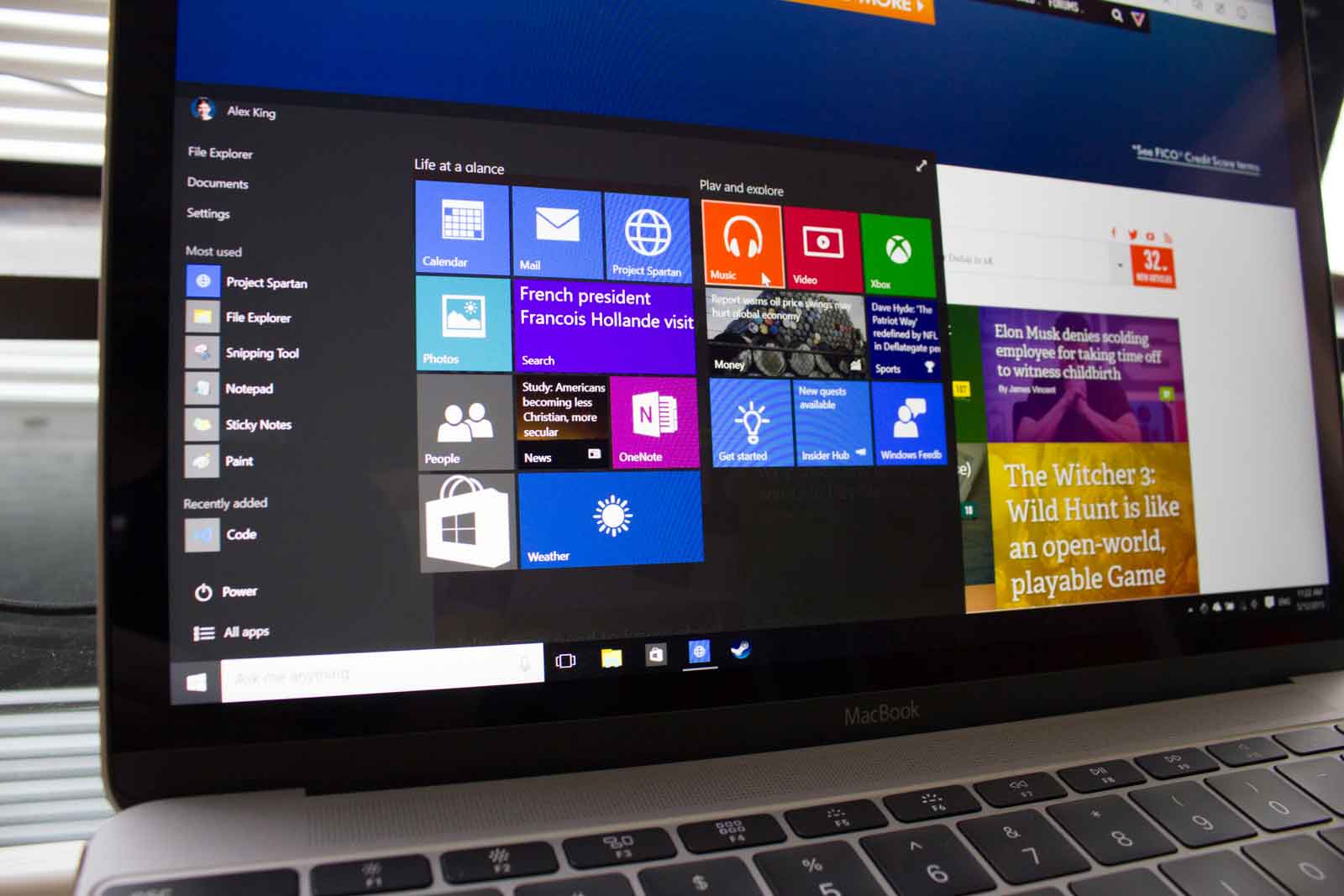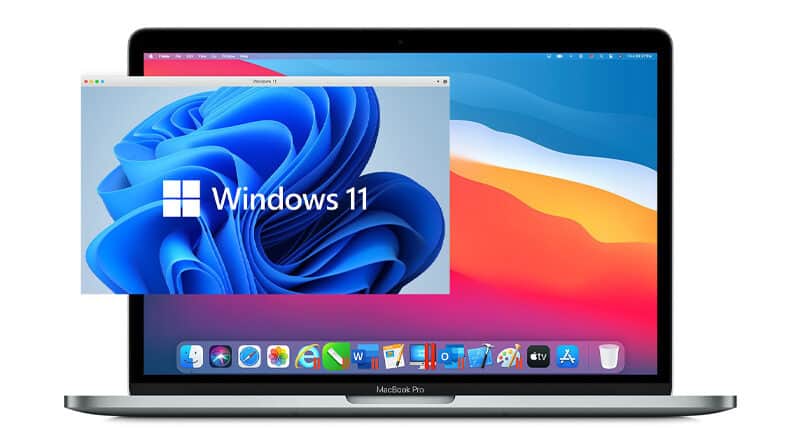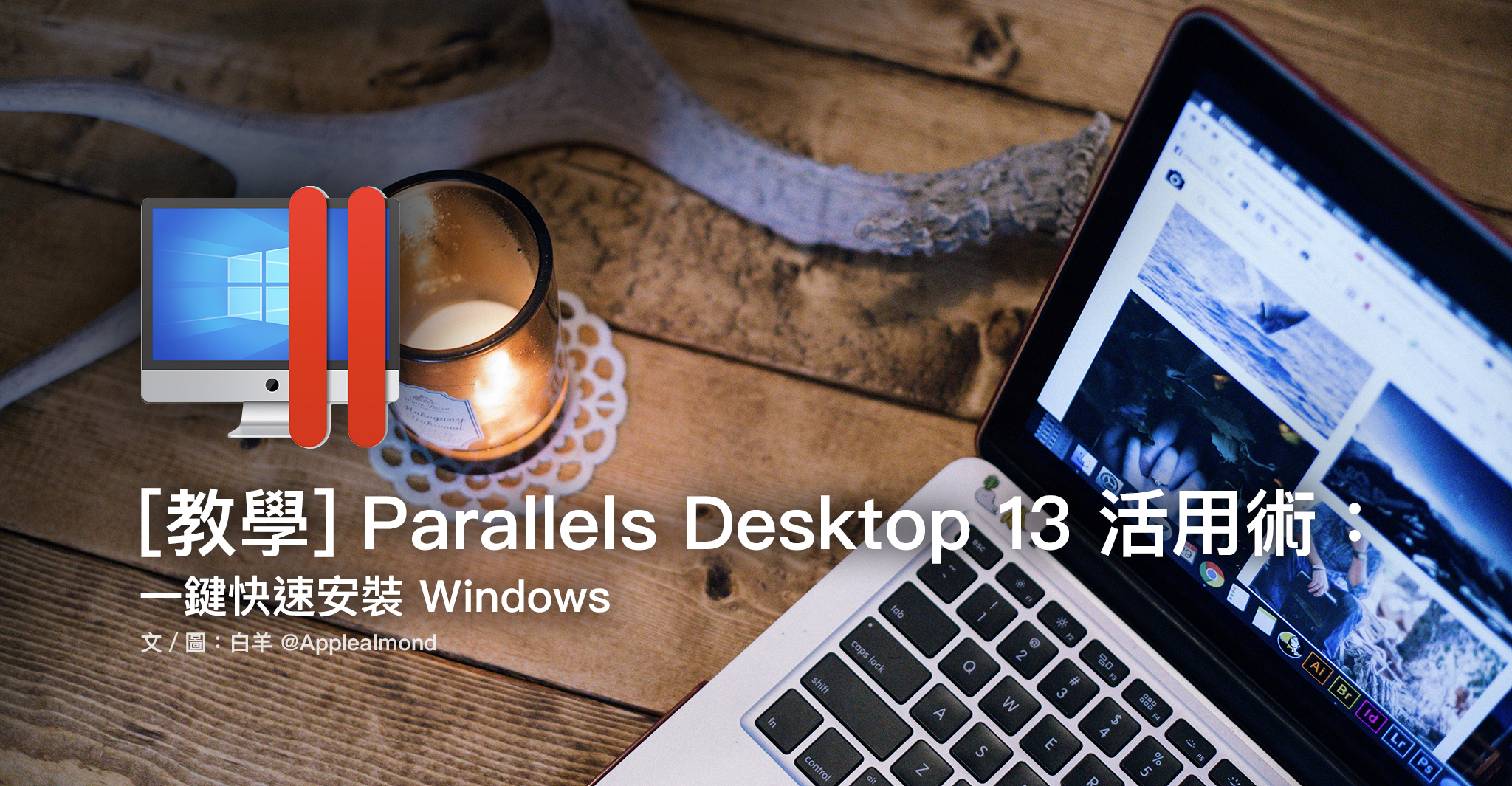

- WINDOWS 13 FOR MAC MAC OS
- WINDOWS 13 FOR MAC DRIVERS
- WINDOWS 13 FOR MAC WINDOWS 10
- WINDOWS 13 FOR MAC PRO
This includes, but is not limited to, VMWare, Parallels, Citrix workspace, virtual disks, streamed images, etc. Examplify cannot be run within virtualized environments or environments that require persistent network (local or otherwise) connections during secure exams.Internet connection for download, registration, exam download, upload and some exam features.For technical troubleshooting, account passwords including BitLocker keys, may be required.For on-site support, and in order to back up the answer files to a USB drive, a working USB port is required.Hard drive: 4GB or higher of available space.CPU Processor: Non-ARM based processor supported by your operating system.

WINDOWS 13 FOR MAC PRO
WINDOWS 13 FOR MAC WINDOWS 10
The versions of Windows 10 certified for use are 20H2, 21H1, 21H2, and Windows 11 21H2.Only genuine versions of Windows Operating Systems are supported.If you are using a Microsoft Surface device, please read this article for important instructions on Windows 10 “S mode” versus the standard Windows 10.

WINDOWS 13 FOR MAC DRIVERS
It contains the whole bevy of drivers and software required to support the hardware of your computer.Students and exam-takers downloading the test-taking software, Examplify, should review these Minimum System Requirements (MSRs) to ensure their devices are supported. Boot Camp is basically utility allowing users to dual-boot Microsoft Windows alongside Mac OS.
WINDOWS 13 FOR MAC MAC OS
Install Windows via Apple Boot CampĪpple provides a piece of software called Boot Camp Assistant with every Mac OS based computer. That’s where the next option comes into play, running Windows natively via Apple Boot Camp Assistant. While older games and lighter GPU tasks will be absolutely fine, any modern games or heavy apps like Adobe Photoshop will bog down the system. Since the resources like CPU and GPU are emulated inside the virtual operating system, the pure performance, especially graphics performance is not very good. There is one major downside to running Windows OS as a virtual machine. You can treat your virtualized applications with the same ease as your native applications. This improves the user experience and is easy to use as well. It also supports mapping disk drives from your Mac to your virtual operating system. For example, Parallels Desktop supports opening Windows Applications in a native window, outside of the OS itself. Modern VM software has come a long way in allowing users to use their software seamlessly. Now, any Windows application can be installed on top and ran without any issues. We install the OS as we do on any normal computer, and that’s it. After procuring the required software and Windows installer, setting up a VM is surprisingly easy.


 0 kommentar(er)
0 kommentar(er)
